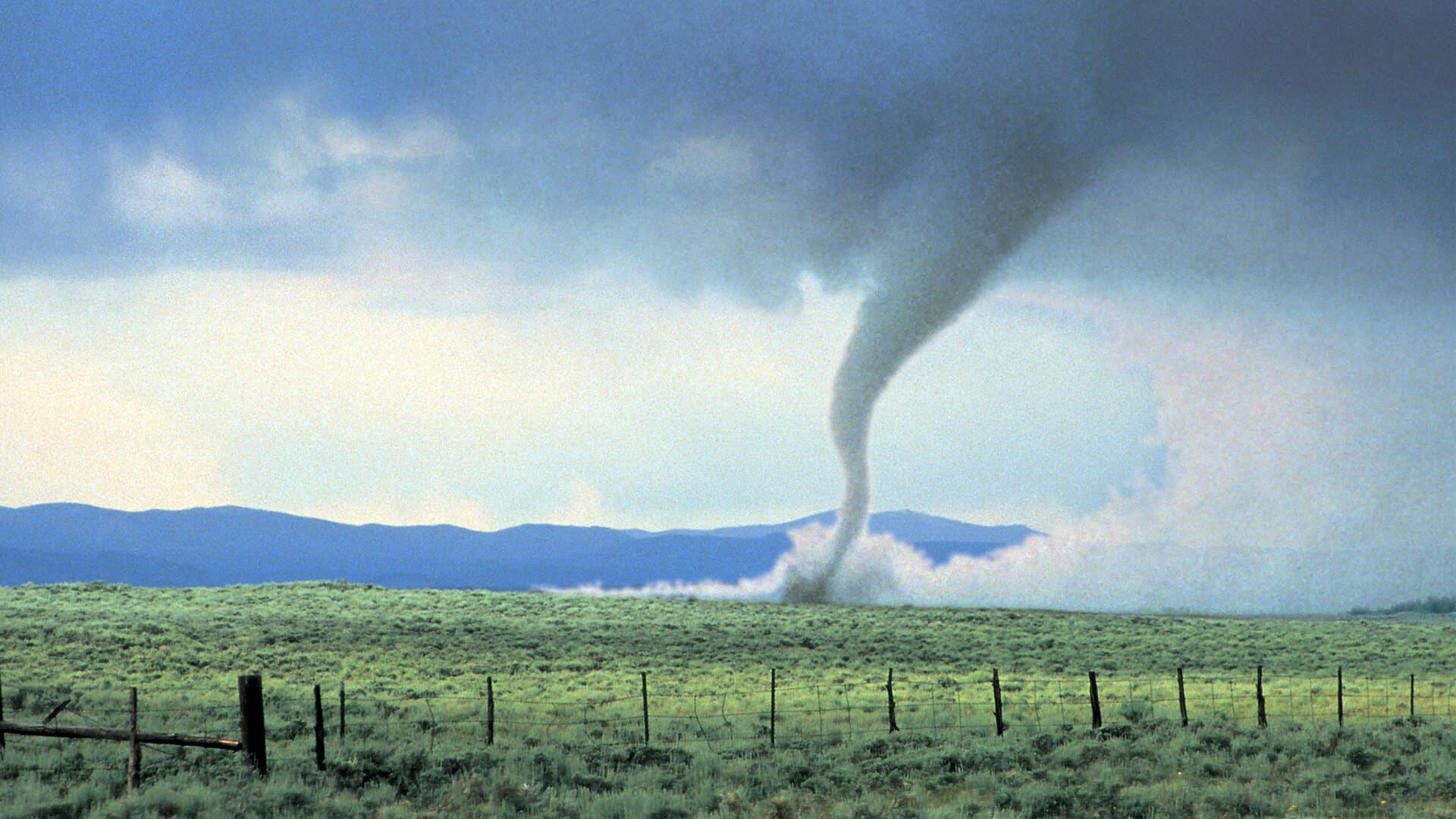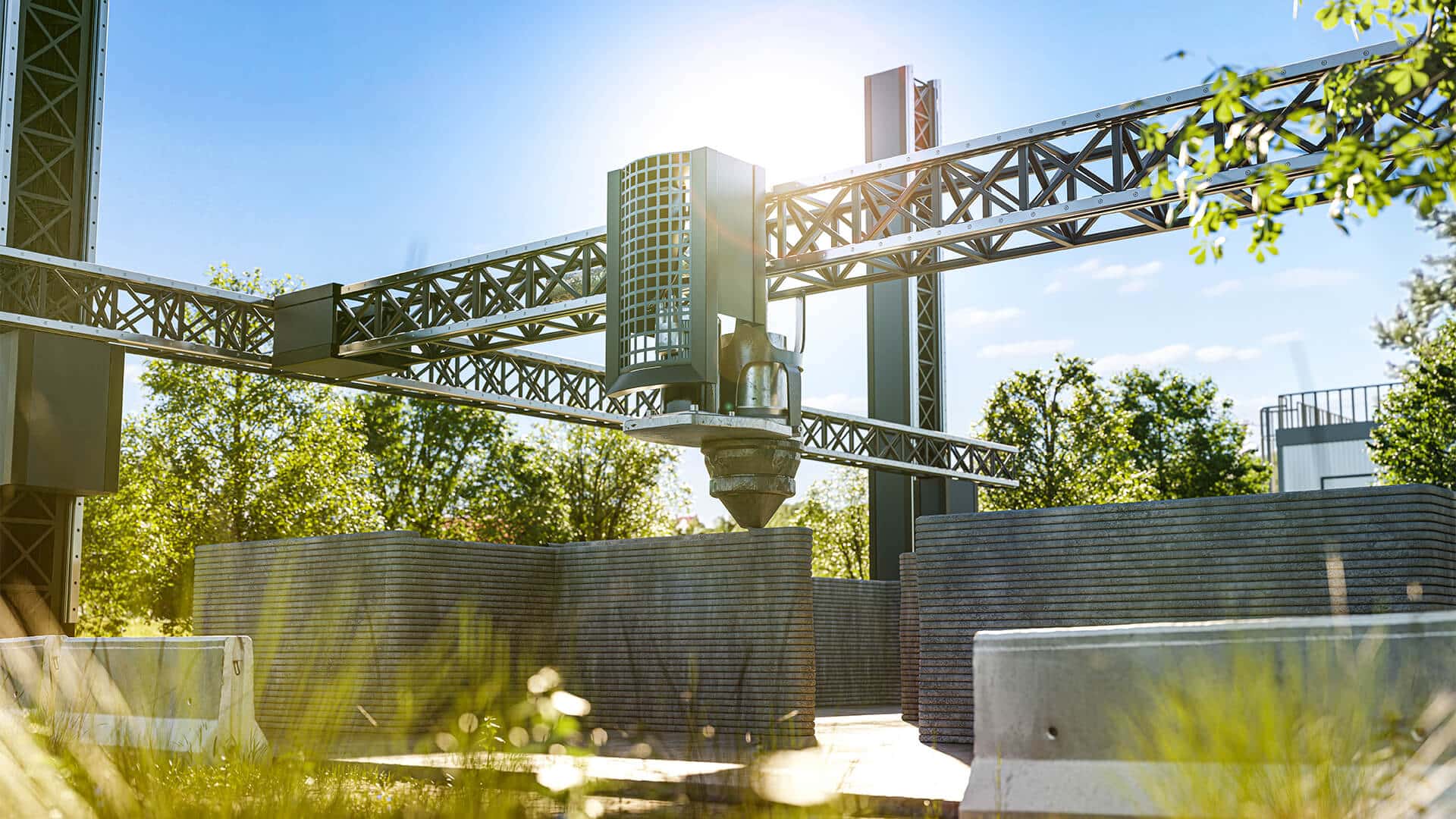The typical office workday is shifting, with the once-standard 9-to-5 giving way to a more flexible 10-to-4 schedule, according to the 2023 Global Traffic Scorecard published by transportation software company INRIX, Inc. this June. The change reflects evolving workplace expectations post-pandemic, where hybrid and remote work have become the norm for many industries. The new work culture prioritizes flexibility and work-life balance, and the impact is clear in commuting trends and how people use their time during the day.
The data show that fewer people are commuting during traditional rush hours, and there’s a significant rise in midday commuting. This has created what’s being called a “midday rush hour,” with almost as many trips to and from the office around noon as there are at 9 a.m. or 5 p.m., as reported by CNBC. Commuters are avoiding the early morning grind, choosing instead to start their workdays later.
This shift has also altered public transportation patterns. Ridership hasn’t bounced back to pre-pandemic levels, as many folks have continued to drive, thereby contributing to increased traffic congestion, especially midday. The new norm of coming into the office for a few hours or working remotely most days has influenced when people travel and how often they actually go to the office.
But it’s not just about commuting. These changes also reflect broader transformations in workplace culture. More employees are prioritizing flexibility, with a significant number of workers citing burnout and disengagement. A Gallup poll found that around 50 percent of employees feel disconnected from their work, leading to trends like “quiet quitting.” These employees are less concerned about climbing the corporate ladder and more focused on balancing their personal and professional lives.
Moving forward, companies will need to adjust to this new reality. With many employees favoring remote work and flexible hours, the traditional 9-to-5 may soon be a thing of the past, replaced by schedules that better suit today’s work-life balance priorities.











